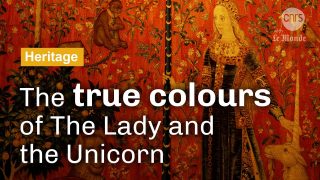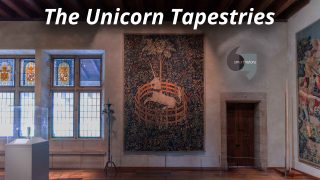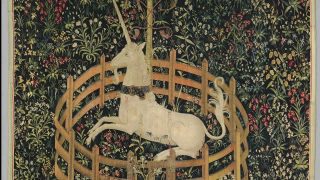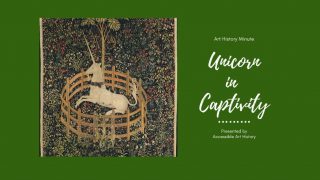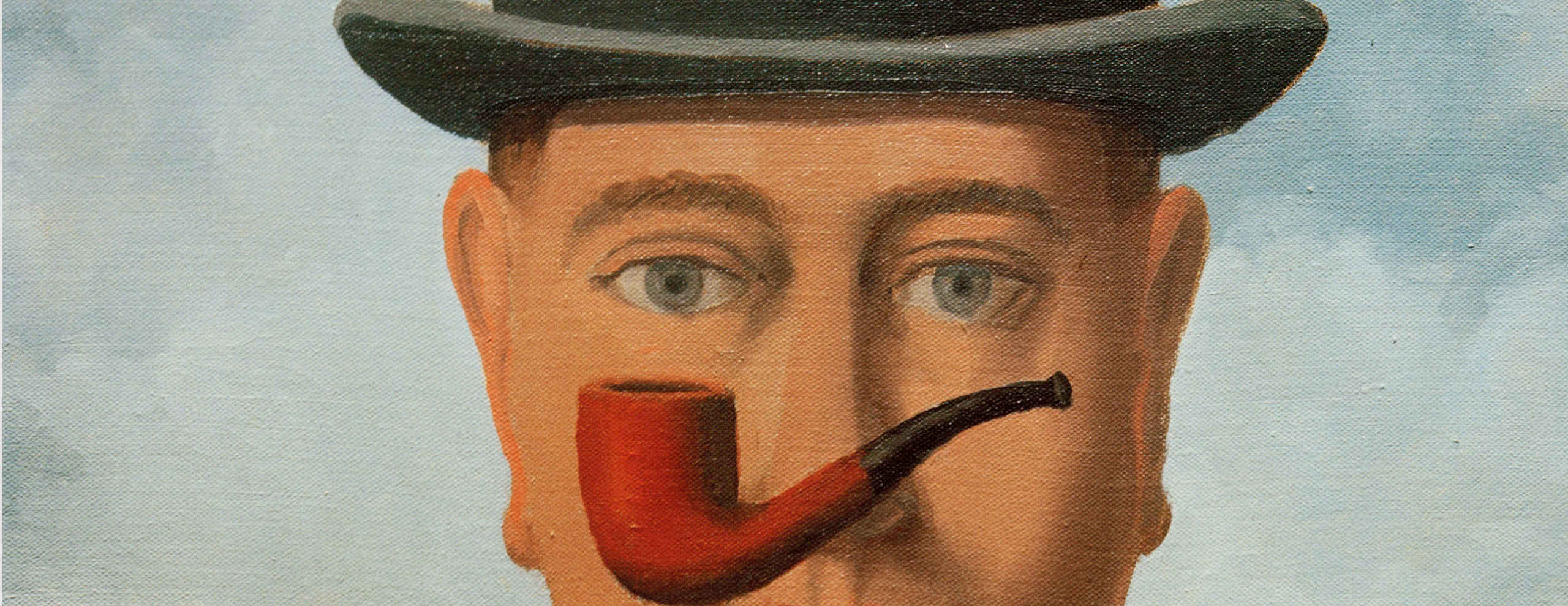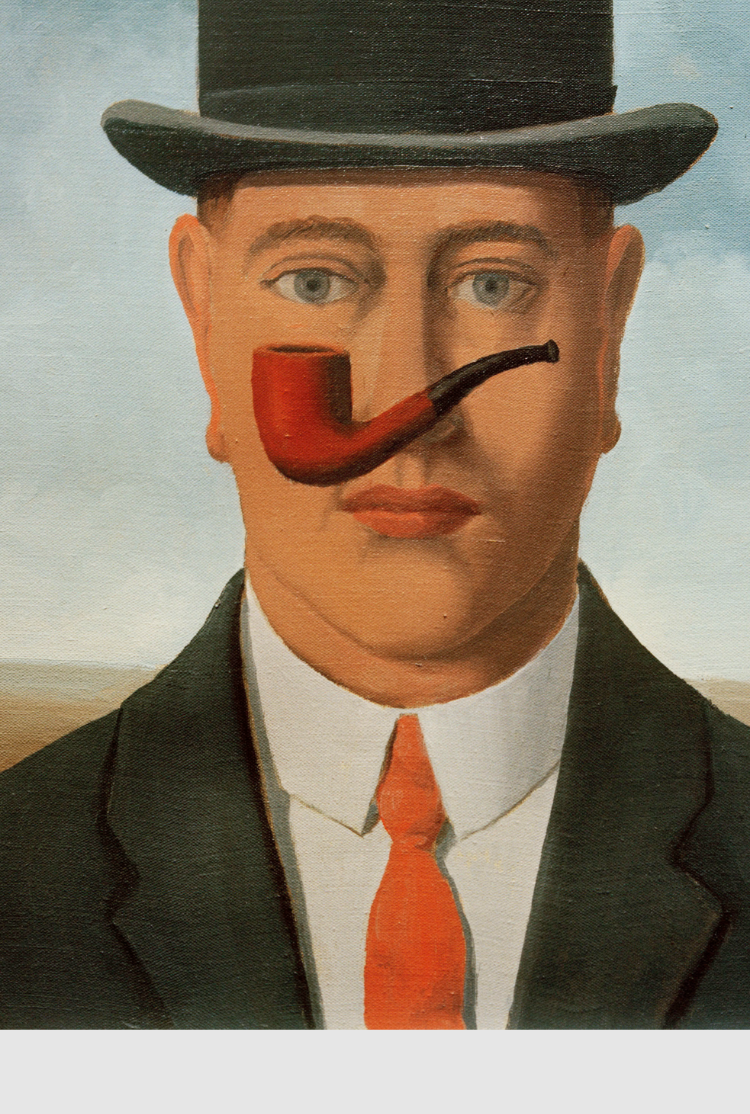The Louvre has its Mona Lisa, and the Cluny Museum, its Lady and the Unicorn. Yet with no known signature or place of fabrication, these six impressive tapestries remain mysterious and visitors all ask themselves the same question: why are the lower parts lighter than the rest of the weaving? To find out more about past restorations, researchers at the Archaeosciences laboratory in Bordeaux (southwestern France) use hyperspectral cameras as well as infrared and X-ray techniques. Their goal is to characterise each colour and, with the help of a dye maker, try to recreate recipes for dyes in the laboratory.
Content produced by: Centre national de la recherche scientifique (CNRS)
